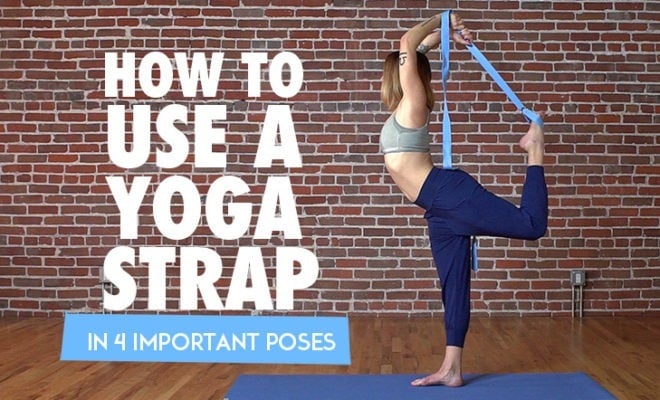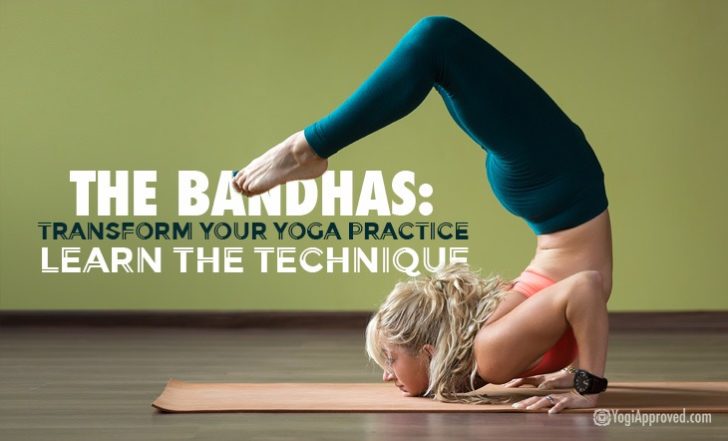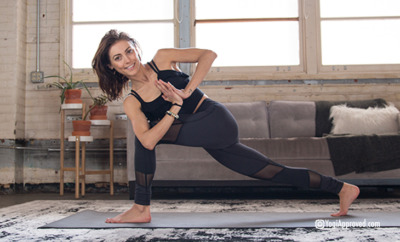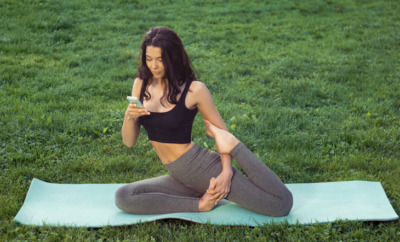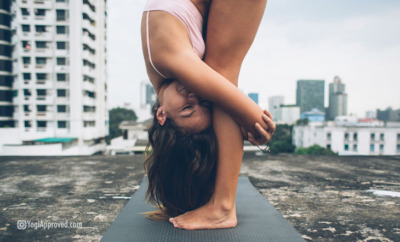A Quick Guide to Understand the Bandhas and Deepen Your Yoga Practice
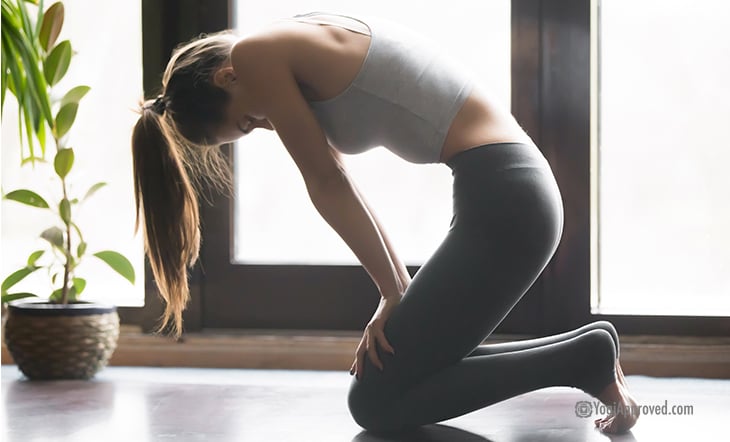
bandhas featured
Progress comes in stages. In yoga, we start by simply getting on our mat. Eventually, we know the difference between Uttanasana and Utkatasana. Then, we start to understand the depths of breath and movement and we want to take things further.
Bandhas, or energy locks, are key to deepening your yoga practice.
Bandhas are pranic, or energetic, locks that contain energy within your body. By engaging your Bandhas, you are able to control the flow of energy during your practice. Essentially, they keep energy “locked” within the body for use in your physical practice.
Here’s a Rundown on Your Bandhas and How to Master Them In Your Yoga Practice:
There are three principle Bandhas, and one that ties them all together. Master each one separately before bringing them together and into your practice.
Mula Bandha
Pronounciation: MOO-lah b-AHn-dah
This is your “root lock.” It should be engaged throughout your entire yoga practice. By practicing Mula Bandha, you contain the energy and allow it to float up, rather than flow down or out. As the energy floats up, so will you! This Bandha contributes to lightness on your hands and feet, and will prevent fatigue in your practice.
How to Engage Mula Bandha:
Imagine you are on a road trip. There are at least 10 miles before the next rest stop and you’ve GOT. TO. GO. That muscle contraction to stop any type of flow is Mula Bandha.
Uddiyana Bandha
Pronunciation: ew-DE-aw-nah b-AHn-dah
In Sanskrit, this means “to fly” or “rise up.” So, Uddiyana Bandha is your “flying up lock.” In one sense it refers to your energy. Physically, it refers to your diaphragm, stomach, and abdominal organs. By engaging Uddiyana Bandha, the energy is contained in the torso. Engage this Bandha when you’re floating forward, backward, or upside-down. It can also help to deepen twists.
How to Engage Uddiyana Bandha:
Stand with feet a little wider than hips-width distance. Take a deep breath in through your nose and reach up. On your exhale, fold forward and place your hands just above your knees.
Do not inhale. Straighten your arms, suck your belly in and up against your back body. Hold as long as you can. Your belly pulls in and ribs are visible.
Exit with a slow inhale through your nose as you stand and lift your arms by your ears. Exhale and bring arms back by your hips.
Jalandhara Bandha
Pronunciation: jah-lon-DAR-ah b-AHn-dah
This is your “throat lock,” as it opens or closes the energy flow along the neck. Jalandhara Bandha is typically performed with pranayama or even combined with Uddiyana Bandha. It is rarely performed on its own. The action of Jalandhara Bandha creates pressure on the throat and balances the thyroid, and it can optimize metabolism.
How to Engage Jalandhara Bandha:
Sit comfortably and imagine you’ve accidentally opened the front-facing camera on your phone, that bad-angle, double-chin action. That’s the start of Jalandhara Bandha.
Take a breath in through your nose. On your inhale, bring the chin down and lift the sternum up to meet the lowered chin. Feel the muscles around your jaw and neck engage. Hands can press against the knees to draw the chin even further into the sternum.
To exit, slowly lift the chin and finish your inhale and then exhale.
Maha Bandha
Pronunciation: MAH-ha b-AHn-dah
Maha means “great” or “supreme.” Combine all three Bandhas to achieve Maha Bandha. Maha Bandha activates three Chakras – Muladhara, Manipura, and Vishuddha. Combining these three Bandhas can calm the mind and create a peaceful state. It is often practiced before meditation.
How to Engage Maha Bandha
Find a comfortable seated position. Sit tall, breathe normally, and relax. Take a deep breath in and fully clear out your breath. Hold your exhale and engage Jalandhara Bandha, then Uddiyana Bandha, and lastly Mula Bandha.
First release Mula Bandha, then Uddiyana Bandha, and finally Jalandhara Bandha.
The Bandhas Takeaway
Bandhas have extensive benefits. They can further your physical practice as well as your meditative and spiritual practice. Remember to master them individually before combining them in Maha Bandha.
Practice the Bandhas on their own before incorporating them into your Asana practice. These Bandhas, or “energy locks,” will help unlock your potential in yoga and beyond. Happy practicing!


This Month's Letter
From the Editor
Monthly motivation and food for
thought from our founder.

